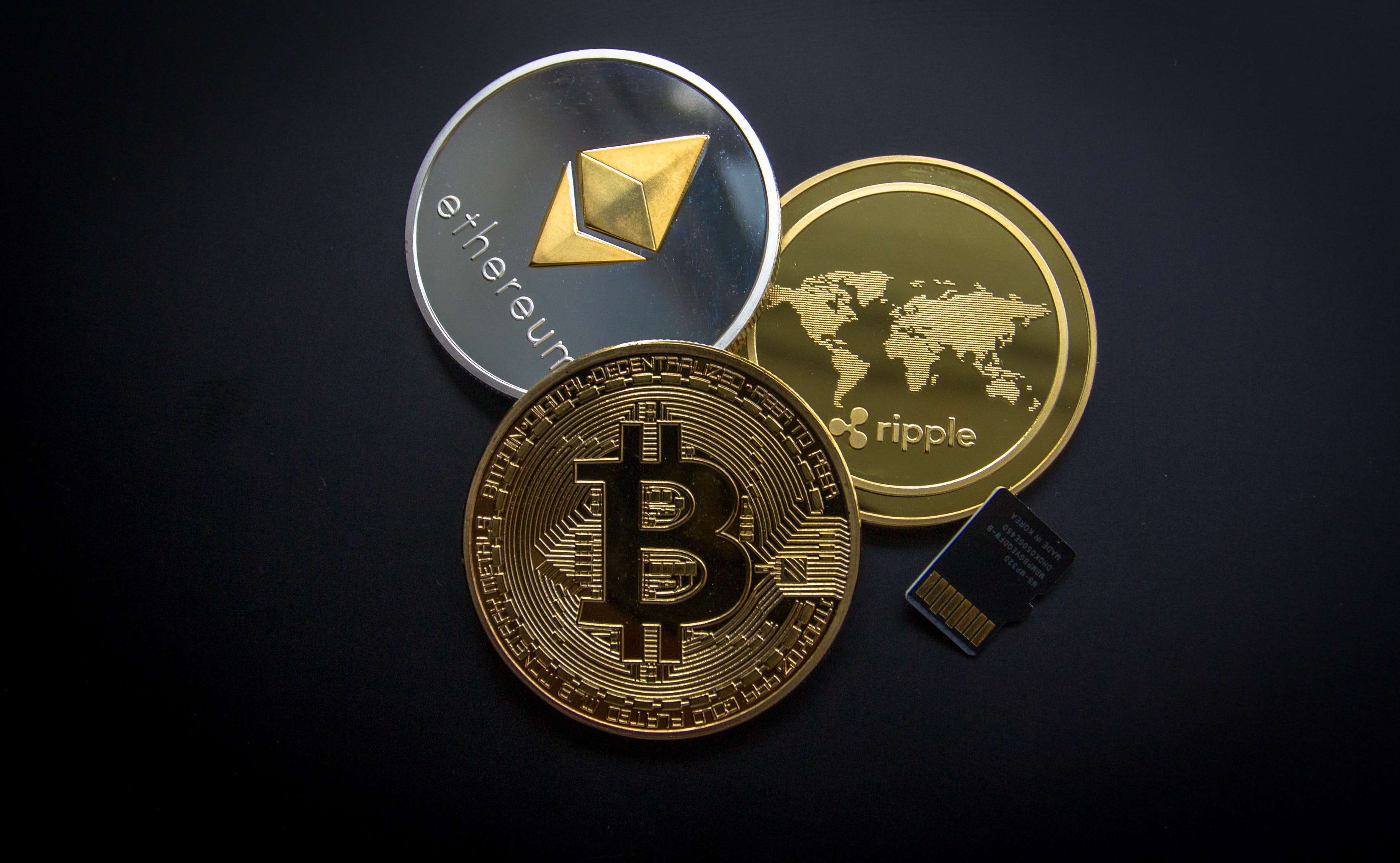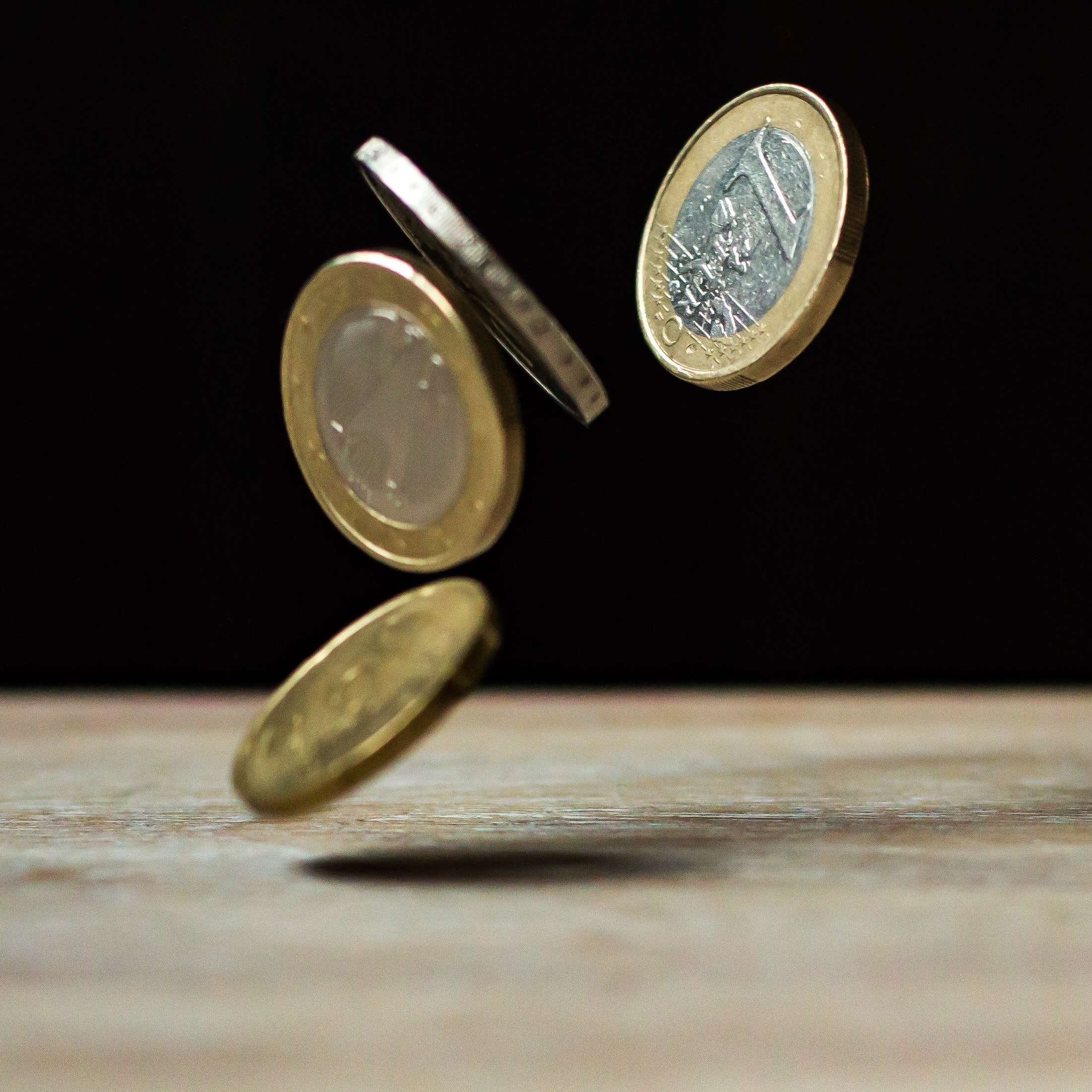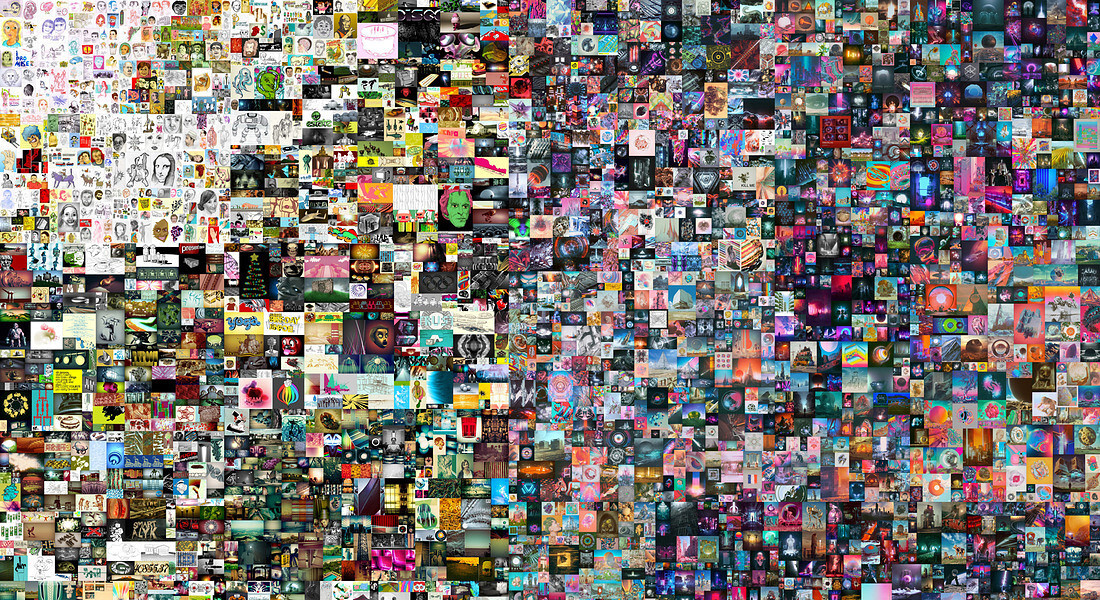What are tokens used for and what functions do they have?
In the crypto world, there are three types of crypto assets:
- there are cryptocurrencies which include coins;
- then there are tokens, which can be fungible (standard ERC-20 and similar);
- or non-fungible tokens (ERC-721, ERC-1155, ERC-725).
What is the difference between coin and token?

A coin is a digital currency that is a native currency on a blockchain, thus it's independent from other ledgers (and other coins) and it is characterized by its own economic system whose price arises by the use and the strength of the economy behind it. When we talk about Bitcoin, we are talking about the monetary policy of Bitcoin; so the famous "halving", the halving of the premium for miners, causes a curve in the coin supply.
Coins (bitcoin, litecoin, altcoin, ethereum) are worthwhile for the ecosystem behind them; as the Euro is worthwhile for the Europe ecosystem, the Pound is worthwhile for the England ecosystem, the dollar is worthwhile for the U.S. ecosystem.

While a coin performs the functions of a currency (medium of exchange, unit of account, store of value), the token can be used for different purposes.
In fact, tokens are much simpler: they worth for what they have linked. Saying what the true value of bitcoin is, we can't know, because it depends on how many people use it, how many innovations there will be, how many developers will go to work on it ...
A crypto token is created for a specific product or service (assigning a specific right to a specific entity) based on a third-party blockchain, of which it leverages a smart contract to be distributed and recognized with its specific metadata.

What are the types of tokens?
- ERC-20 tokens are fungible tokens, interchangeable with another token, since they are exactly the same in type and value; it is like shares in a company, worth the company and therefore worth the share. For example, an ERC-20 token works exactly like ETH, that means 1 token is and always will be equal to all other tokens.

- Then there are the ERC-721 tokens related mostly to the art world, the so-called NFTs, which are worth according to the right they distribute. They are an elite market e.g., the Tondo Doni, the artwork of Picasso, but they also identify unique assets such as CryptoKitties, online domains at unstoppabledomains.com, virtual territories c.d Land on decentraland.org, and many other cases.

- Then there are ERC-1155 tokens linked to rarities, the so-called collectibles, limited in number, such as the famous Bored Ape or Major League Baseball Crypto.

- Then there are ERC-725 tokens which are pointers, they are born to identify us. They are identity or reputation tokens, they are certificates. Anything that uniquely represents a person could be represented as a non-fungible token; any kind of ID or certificate. A diploma could be issued and managed collectively by a distributed ledger without needing to be translated, manually authenticated or verified. Wallet-like software could manage our personal data without the need to go through centralized institutions that store our data.

More simply, the token would represent a container for information about our identity.
This new technology enables new use cases, shifting attention to a lost aspect of internet technology that, instead, was near its infancy.
Initially, the internet was born as the power of the hippies, but later a high concentration of internet technology developed that led few entities to get enormous power (GAFA: Google, Amazon, Facebook, Apple).
The central point is that these technologies bring control of data back to people just as the original design of internet was !
In this way, people will have the ability to carry their identity on dApps and platforms that support this standard.
